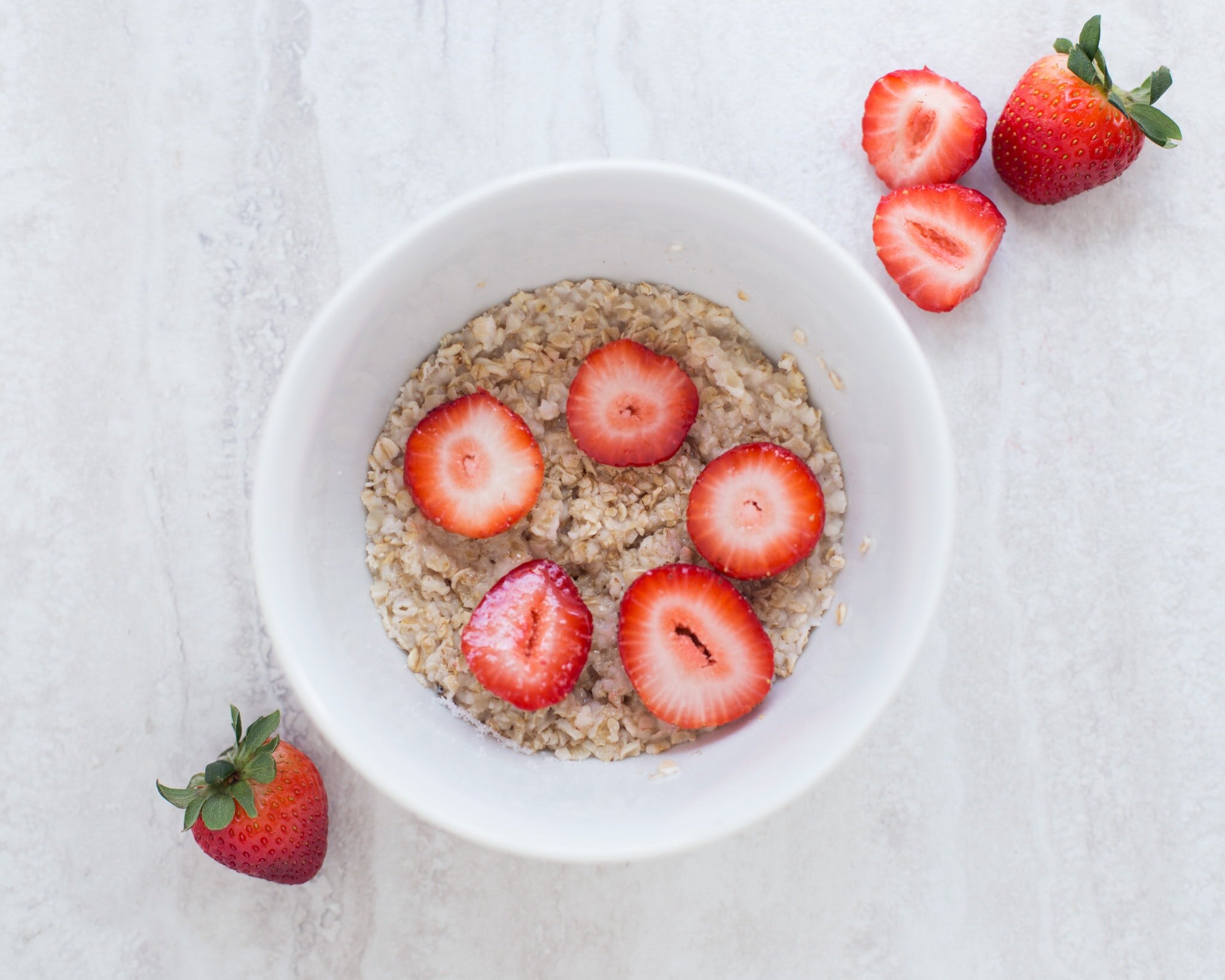Are you tired of suffering from the burning sensation and discomfort of acid reflux? A new diet may be the key to finding relief. Acid reflux, also known as gastroesophageal reflux disease (GERD), occurs when stomach acid flows back into the esophagus. This can cause symptoms such as heartburn, regurgitation, and difficulty swallowing.
The new diet focuses on eliminating certain trigger foods that can exacerbate acid reflux symptoms. These include spicy foods, citrus fruits, tomatoes, onions, mint, chocolate, coffee, and alcohol. Instead, the diet emphasizes the consumption of foods that are low in acid, such as lean proteins, whole grains, fruits with low acidity, and vegetables.
In addition to avoiding trigger foods, the diet also suggests making lifestyle changes to alleviate acid reflux. This may include eating smaller, more frequent meals, avoiding lying down immediately after eating, and maintaining a healthy weight. Stress reduction techniques, such as meditation or yoga, may also be beneficial in managing acid reflux symptoms.
If you suffer from acid reflux and are looking for a natural way to reduce your symptoms, the new diet may be worth considering. By eliminating trigger foods and making lifestyle changes, you may be able to find relief from the discomfort of acid reflux and improve your overall quality of life.
7 Potential Health Benefits of Green Beans
Green beans, also known as string beans or snap beans, are a popular vegetable in many cuisines around the world. They are not only delicious but also packed with essential nutrients and have numerous health benefits. Here are seven potential health benefits of green beans:
| 1. Nutrient-Rich | Green beans are low in calories but high in vitamins and minerals. They contain significant amounts of vitamin A, vitamin C, vitamin K, and folate. These nutrients play a crucial role in maintaining overall health and supporting various bodily functions. |
|---|---|
| 2. Antioxidant Properties | Green beans are rich in antioxidants, such as carotenoids and flavonoids. These antioxidants help protect the body against free radicals, which can damage cells and contribute to chronic diseases, including heart disease and cancer. |
| 3. Healthy Digestion | The fiber content in green beans promotes healthy digestion. It helps prevent constipation, promotes regular bowel movements, and supports a healthy gut. Additionally, the high water content in green beans can help keep you hydrated and aid in maintaining a healthy digestive system. |
| 4. Bone Health | Green beans are a good source of vitamin K, which plays a crucial role in bone health. Vitamin K helps maintain bone density, reduces the risk of fractures, and may help prevent osteoporosis. |
| 5. Eye Health | The high levels of carotenoids, such as lutein and zeaxanthin, found in green beans can promote eye health. These compounds help protect the eyes from damage caused by harmful ultraviolet (UV) rays and may reduce the risk of age-related macular degeneration and cataracts. |
| 6. Blood Pressure Regulation | Green beans are a good source of potassium, which helps regulate blood pressure levels. A diet rich in potassium can help lower blood pressure and reduce the risk of hypertension and cardiovascular diseases. |
| 7. Weight Management | As a low-calorie and high-fiber vegetable, green beans can be beneficial for weight management. The fiber content helps promote feelings of fullness and can aid in controlling appetite, potentially leading to reduced calorie intake. |
Incorporating green beans into your diet can be an excellent way to enjoy their delicious taste while reaping the many potential health benefits they offer. Whether steamed, sautéed, or added to your favorite recipes, green beans are a versatile and nutritious addition to any meal.
Folic Acid May Decrease Suicide Risk

Research suggests that folic acid, a B vitamin commonly found in foods like leafy greens, citrus fruits, and beans, may play a role in reducing the risk of suicide.
Several studies have found a potential link between low levels of folic acid and an increased risk of depression and suicidal behaviors. Folic acid is involved in the production of neurotransmitters like serotonin, which plays a critical role in regulating mood and preventing depression.
A study published in the Journal of Clinical Psychiatry found that individuals with low levels of folic acid were more likely to have attempted suicide. Another study, published in the American Journal of Epidemiology, found that an increased intake of folic acid was associated with a lower risk of suicide.
Although more research is needed to fully understand the relationship between folic acid and suicide risk, these findings suggest that maintaining adequate levels of this important nutrient may be beneficial for mental health.
It is important to note that while increasing dietary intake of folic acid through foods like leafy greens and citrus fruits is generally considered safe, supplementation should be done under the guidance of a healthcare professional. High doses of folic acid can have negative effects on certain individuals, such as those with epilepsy or kidney problems.
In conclusion, folic acid may have a protective effect against suicide risk, although further studies are needed to confirm this association. In the meantime, incorporating folic acid-rich foods into the diet may be a simple and safe way to potentially support mental health.
Azelaic Acid 101: A Detailed Guide

Azelaic acid is a naturally occurring acid that is commonly found in grains such as wheat, rye, and barley. It is also produced by yeast that naturally inhabits the skin. Although it has been used for many years in the treatment of various skin conditions, its popularity has recently surged due to its impressive results in reducing acne and melasma.
Here is a detailed guide to help you understand everything you need to know about azelaic acid.
The science behind azelaic acid:
Azelaic acid is known for its potent antimicrobial properties. It works by inhibiting the growth of acne-causing bacteria on the skin, including Propionibacterium acnes. Additionally, it has been shown to reduce the production of keratin, a protein that can clog pores and contribute to acne development.
The benefits of azelaic acid:
Azelaic acid offers a range of benefits for the skin, making it a versatile ingredient in skincare formulations. It has been shown to effectively reduce inflammation, which can help calm redness and irritation associated with acne and rosacea. Furthermore, it has been found to inhibit the production of excess melanin, making it an effective treatment for hyperpigmentation and melasma.
How to incorporate azelaic acid into your skincare routine:
Azelaic acid is available in various forms, including creams, gels, and serums. It is typically safe for all skin types, but it is always recommended to do a patch test before incorporating it into your routine. Start by using a small amount once a day and gradually increase the frequency as tolerated.
Possible side effects and precautions:
While azelaic acid is generally safe to use, some individuals may experience mild side effects such as itching, stinging, or redness. These side effects are usually temporary and tend to resolve on their own. However, if you experience severe or persistent irritation, it is advisable to discontinue use and consult a dermatologist.
The bottom line:
Azelaic acid is a versatile ingredient with numerous benefits for the skin. Whether you are dealing with acne, hyperpigmentation, or rosacea, incorporating azelaic acid into your skincare routine may help improve your skin’s overall appearance and texture.










